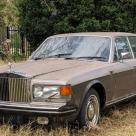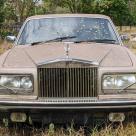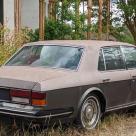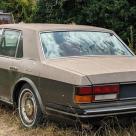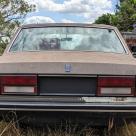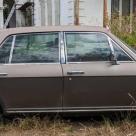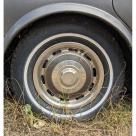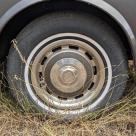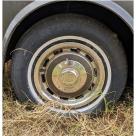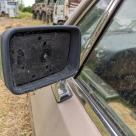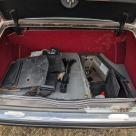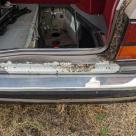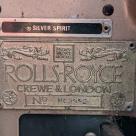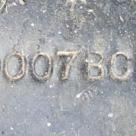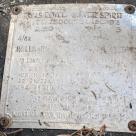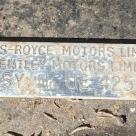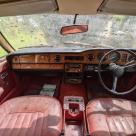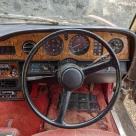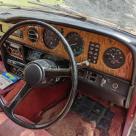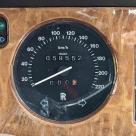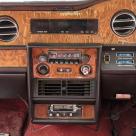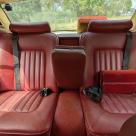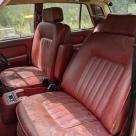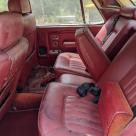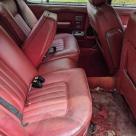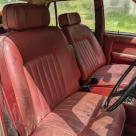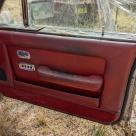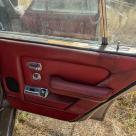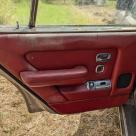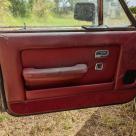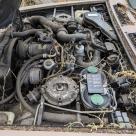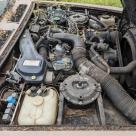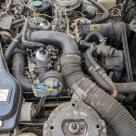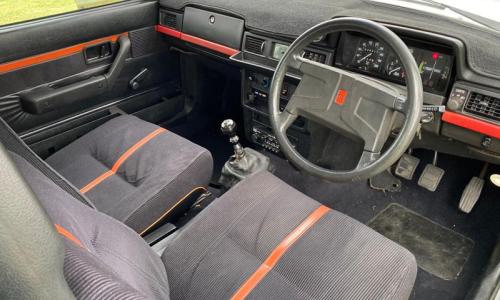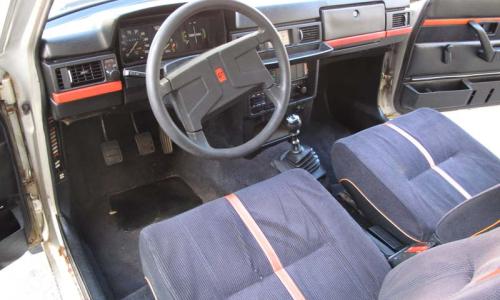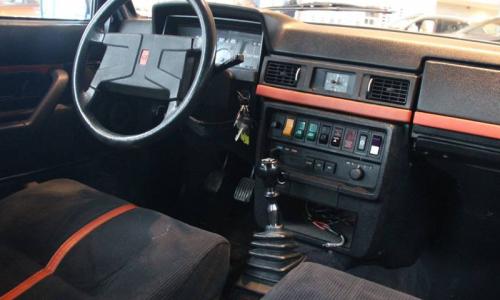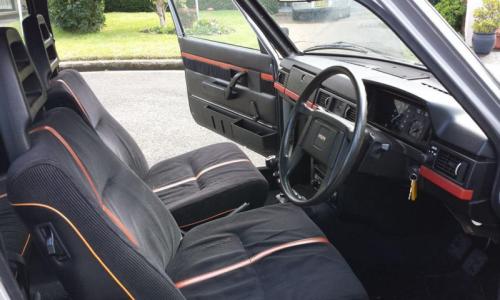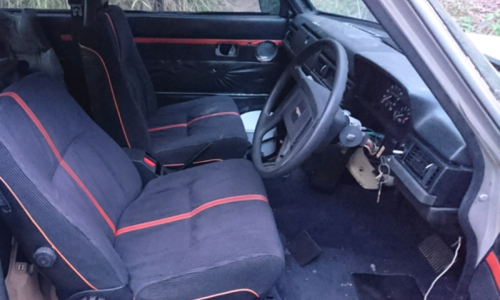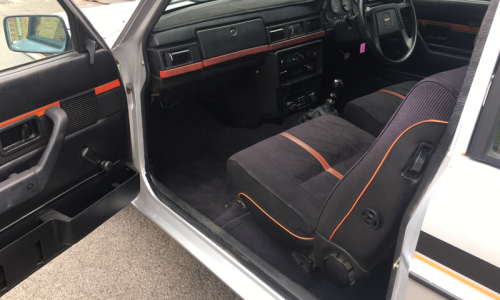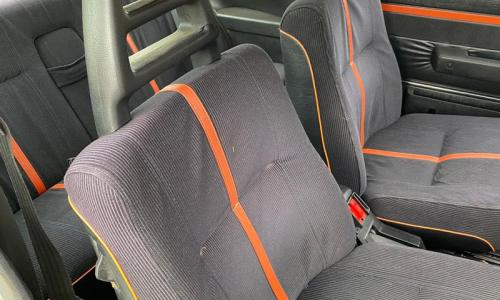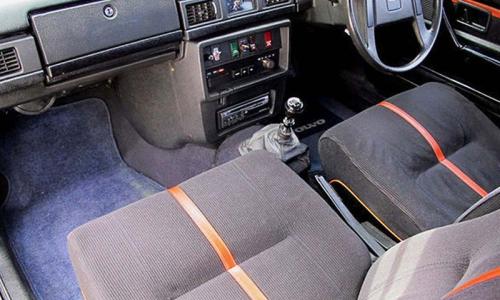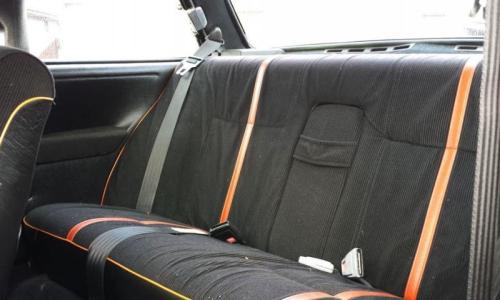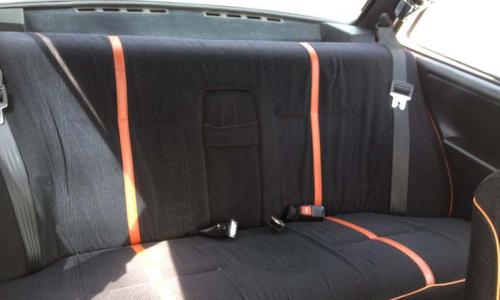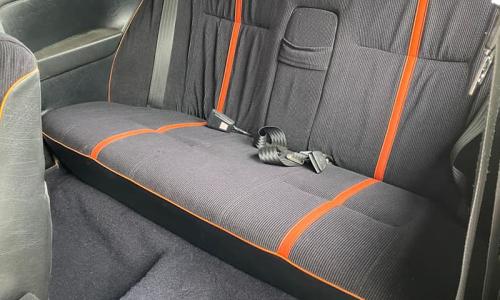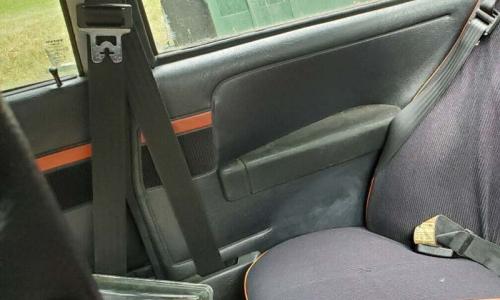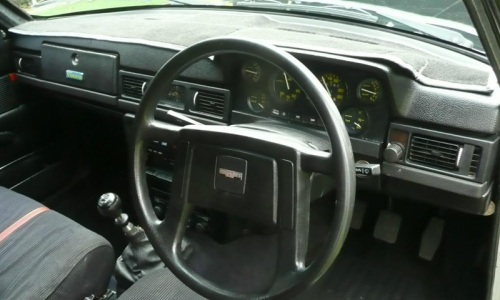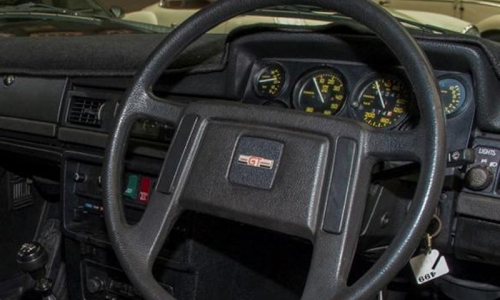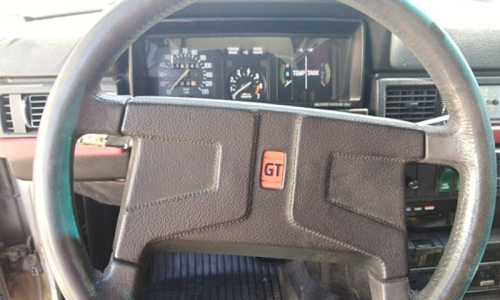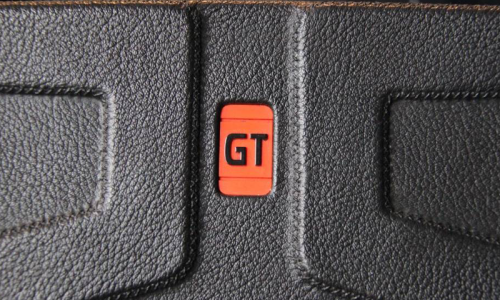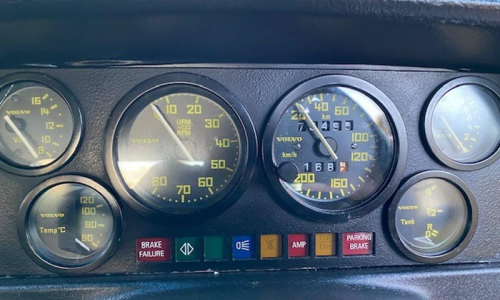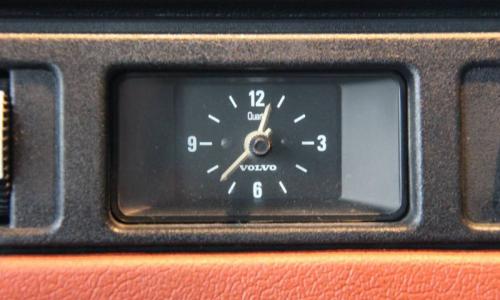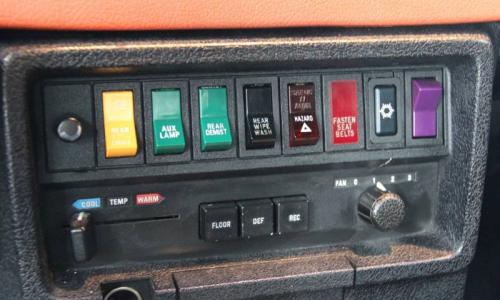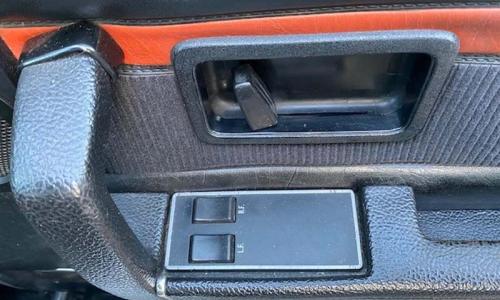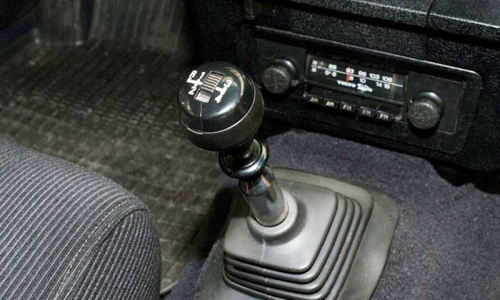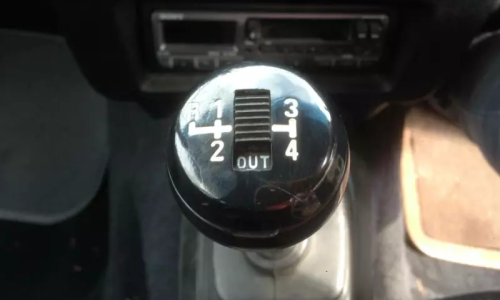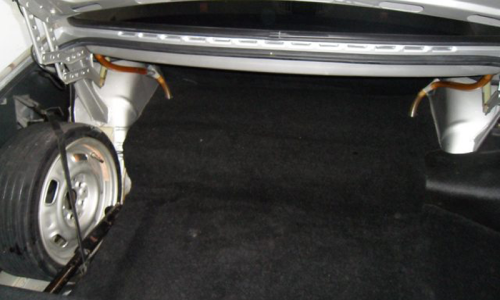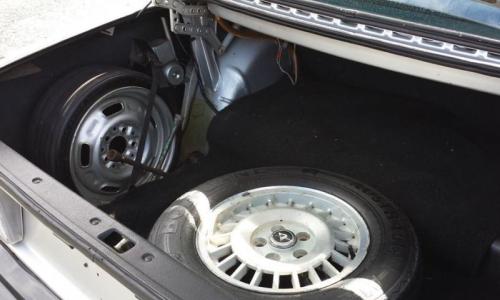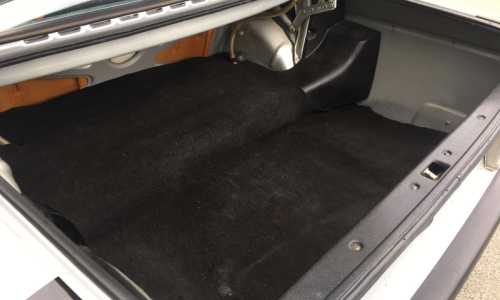For sale: 1982 Series I Sedan Silver Cloud Rolls-Royce
Specifications
This section of the guide details the interior features and specifications of the Volvo 242 GT.
- All seats were trimmed with black velour cloth (corduroy style), with a vinyl orange/red stripe applied running through the centre of the seat. The seats also had red piping trim around the boarder. This trim was applied to both the front and rear seats.
- The black-red theme continued on the door cards and dashboard. The front door cards were finished in black vinyl, with a velour cloth insert (the same as the seat trim) and the same vinyl orange/red stripe ran the length of the front door. The red stripe continued part way onto the rear quarter trim cards (but did not continue the full length of the card).
- Most cars received a continuation of the orange/red stripe across the waistline of the dashboard, linking with the door card stripes. However, from our observation not all cars received this stripe. In particular, we have sighted several cars from NZ and Australia that have not had this applied. (Here are several links to examples of cars without the stripe applied to the dashboard: 242 GT 1, 242 GT 2 and 242 GT 3. Also, there are advertisements (one from Australia in particular) where no stripe has been applied. See the documentation section of this guide below for images.
- A black roof lining, carpets and door aperture trims were applied to all 242 GTs.
- Two types of leather padded 14-inch steering wheel were applied to the 242 GT:
- Early wheel: The centre pad on this wheel had a bright red verticle rectangular "GT" badge in the centre. Each of the 4-spokes were integrated with the centre pad by a "dogleg" shaped mould which connected the top and bottom spokes on each side. This wheel was fitted to most early cars (the time of cutoff is uncertain, but presumably some time in 1979 or 1980). See the image in the gallery labeled "Early Wheel".
- Later wheel: The rim and spokes on this wheel were very different to the early wheel, and overall it was less sporty than the earlier wheel in its appearance. The centre pad on this wheel had a large square badge area with a horizontal rectagle "GT" badge in the centre. The background of the GT badge was white, and the text was red, with a black underline (consistent with the exterior trim theme). The Centre pad had two verticle horn buttons, which integrated with the lower spokes of the wheel, which connected to the rim very vertically. See the image in the gallery labeled "Later Wheel".
- A fog lamp button was mounted next to the rear demist button on the centre dash.
- Early model cars (up to but excluding the 1980 cars), did not have a tub area to accommodate a full size spare wheel. Instead, a special inflatable spare wheel (space saver) was fitted, which was limited to 80 km/h). The spare wheel was normally stored without air on the left side of the luggage compartment and in the event of a puncture, the tyre was filled with air using a small 12 Volt compressor that came with every 242 GT. This original design was intended of course to save space in the luggage compartment, and the tyre fitted to the space saver was of a low profile. From some point in 1980, a larger wheel storage tub was integrated with the trunk floor, and a full size, wheel and tyre was included. The fitting of a space saver and full size wheel from 1980, although referred to in factory documents, is an assumption we have made from our research.The spare wheel in the trunk is a standard steel rim - not an alloy, and from observation was generally painted black or silver.
- Early cars and later cars had different instrument clusters.
- Early dashboard: Based on our observations, the vast majority of cars had a dashboard that contained (from left to right) a speedometer, a centrally mounted RPM timer, followed by the temperature and fuel level gauges. This dashboard was further recessed into the dash compared with the later design noted below. Refet to the image in the gallery labeled "Early instruments".
- Later vehicles: (Several sighted from the 1980 yearconward), had a dashboard panel that was slightly closer to the driver. It read (from left to right) Oil pressure, temperature, RPM, Speedometer, fuel and amperage. See the image in the gallery labeled "Later Instruments" for ease of reference.
- The 242 GT was fitted with electric windows and air conditioning in all markets.
- A sunroof was a very common option on the 242 GT, and in some brochures it is noted as a standard feature.
Vehicle location
Australia , NSW , Windsor
This derelict Silver Spirit was sold as part of an enormous estate auction in North-Western Sydney through Lloyds auctions. The auction which the car formed part of was the "Fairfield House", built in 1833. It's an imposing early Victorian era mansion that was originally built for the celebrated Blue Mountains explorer, William Cox. The mansion even hosted an international Cricket Match In 1882, it has been the flagship historical property of Windsor (Sydney, NSW) For 189 Years!
Anyway, back to the car, the seller at the time made the following comments:Car Has Not Been Started. This Rolls Royce Has A Bulletproof Exterior As A Factory Option. It Also Has Air Conditioning, Cassette Tape Player, Power Windows, From Factory But None Have Been Tested. Paint Is Weathered And Mould Present Through Out Interior. Has Been Sitting In Yard For A Number Of Years.
Bullet proof exterior? Not sure about that, but that's what the seller claims.. Would be fascinated to know the history of this example and how it came to end up in a paddock at this old mansion! Needs a lot of work by the look of it but it's certainly saveable - the most obvious issue being that it hasn't run for so long (so, mechanically it likely needs a major overhaul), and then of course there's the sun/weather damage.
See the original ad on Lloyds auctions.

